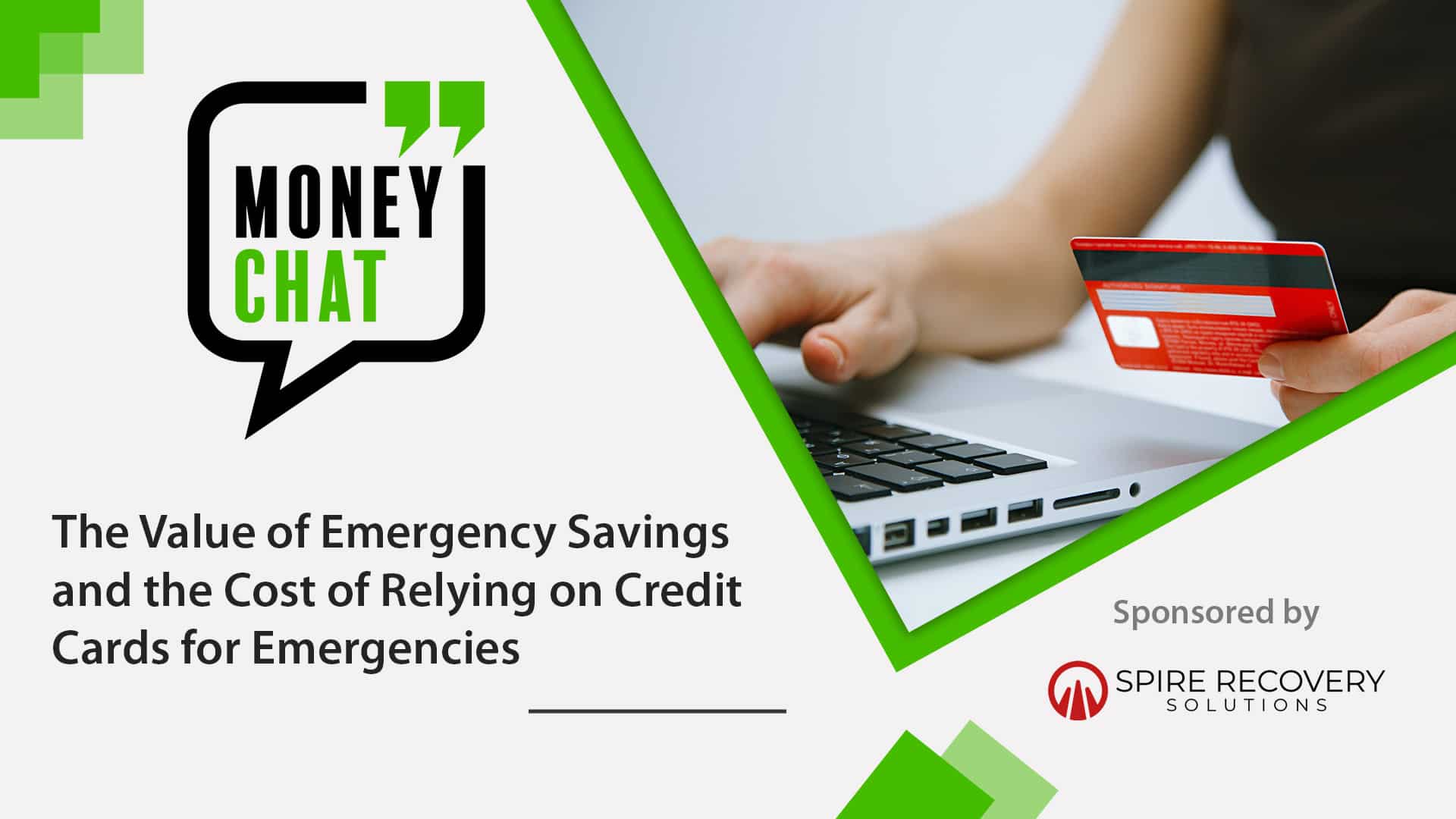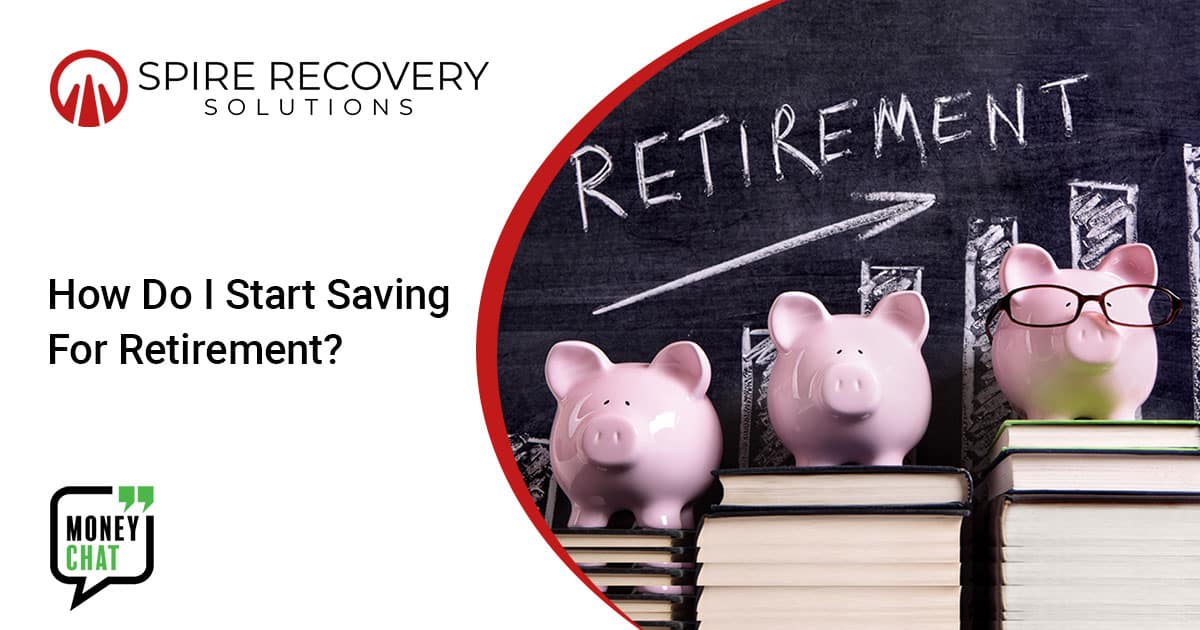Building financial stability has become more important than ever. With inflation, job insecurity, and rising costs of living, many Americans are rethinking how they prepare for life’s unexpected challenges.
One of the most effective ways to protect yourself financially is by establishing an emergency savings fund—but it’s equally important to understand the risks and costs of relying on emergency credit cards when savings fall short.
According to Statista, about a quarter of Americans have little in savings, and 1 in 10 have no savings at all. This lack of financial cushion leaves many turning to credit cards in emergencies—often resulting in costly debt.

Let’s take a closer look at why emergency savings are essential, how to build them, and what to know before using a credit card as a backup.
What Is an Emergency Fund, and How Is It Different from Regular Savings?
An emergency fund is more than just a regular savings account—it’s a designated cash reserve intended solely for unexpected, urgent expenses like medical bills, car repairs, or job loss. The key difference is liquidity (also known as ‘availability’).
While other savings may be tied up in long-term investment accounts or savings earning interest, your emergency fund should be easily accessible and ready when you need it. Many high-yield savings accounts, or investment accounts, have strict withdrawal limits and time restraints. For an emergency fund, you want your money to be nearly instantly available.
Consider using your bank’s easy-to-set-up savings accounts that tie directly into your checking accounts. Once you build a nest of savings, you can then consider the additional steps to build more interest and value from that account outlined below.
How to Build an Emergency Fund That Works for You
Building an emergency fund takes time and consistency, but it’s one of the smartest financial habits you can develop. Here are practical steps to get started:
1. Create a Savings Habit
Start by setting a realistic savings goal based on your income and expenses. Many experts recommend saving enough to cover three to six months of living expenses, but even small goals—like setting aside $500—can be a great start.
2. Automate Your Contributions
Most employers allow direct deposit into multiple accounts. Set up a dedicated savings account and have a fixed percentage of your paycheck sent there automatically. This helps you stay consistent without needing to think about it. This is especially important as it doesn’t rely on you to manually shift money each month.
3. Track Your Progress
Make it a habit to check your account regularly. Monitoring your progress keeps you motivated and ensures you’re actually saving—not accidentally spending what you meant to set aside. This step should be conjoined with building a balanced budget.
4. Manage Your Cash Flow
Review your monthly budget to find areas to cut back so you can contribute to your emergency fund. Prioritize savings as a fixed line item in your budget, not just a leftover after expenses.
5. Start Small and Grow
If saving multiple months’ worth of expenses feels overwhelming, start small. Even $25 or $50 per paycheck adds up over time and helps build the habit.
Consider High-Yield Savings Accounts
This isn’t part of the numbered list because it should be the last thing you consider in your savings journey. Some high-yield accounts offer better interest while still providing access to your money within a few days. Research available options that fit your needs and make your savings work for you.
How Much Should You Save for Emergencies?
The Consumer Financial Protection Bureau (CFPB) recommends tailoring your emergency fund to your personal situation. Consider the most common unexpected expenses you’ve had in the past and how much they cost. That can help you set a realistic goal.
For those living paycheck to paycheck or with variable income, even a small emergency fund can provide peace of mind and a financial safety net. An emergency savings fund doesn’t need to be all-or-nothing. Every dollar counts toward creating financial resilience.

According to data from the Federal Reserve’s 2022 Survey of Consumer Finances, the average American family holds $62,410 in transaction accounts, including savings accounts, checking accounts, money market accounts, call deposit accounts, and prepaid cards. But as you can see, the amount varies wildly depending on age and, even moreso, demographics.
According to the same report, the median transaction account balance is $8,000 based on the most recently published data. This means that although the average household holds over $60,000 in savings, eliminating the outliers on both sides using the median value, shows a vastly different story of a much smaller amount of average savings.
Your savings are personal, and what you have in reserve should be dependent on your lifestyle.
Understanding Emergency Credit Cards: When and How to Use Them
Credit cards are often the first place people turn in an emergency. While they can offer quick access to funds, they also come with high costs and risks if not used carefully.
The Drawbacks of Using Credit Cards in Emergencies
Relying on credit cards as your emergency fund has clear disadvantages:
- High interest rates mean even small charges can become large debts over time.
- Overspending is easy with credit cards, especially under stress.
- Late payments and high credit utilization can negatively impact your credit score.
- Some cards require good credit, limiting options for those who need help the most.
These drawbacks seem typical for any credit card, but when you’re considering the emergency of the situation, it’s very easy to fall into the trap of “the transaction went through, therefore I am safe!” Credit cards are not instant payments, but rather deferments if you’re not careful.
Choosing the Right Emergency Credit Card
If you plan to have a credit card on hand for emergencies, look for one with:
- Low interest rates (APR) – A high APR can result in significant interest charges if you can’t pay off the balance quickly.
- No annual fee – Avoid cards with costly fees, especially if the card is just for emergencies.
- Reward programs – Some cards offer cashback or points, which can be useful—but only if you pay off the balance in full.
When It Makes Sense to Use a Credit Card
Credit cards can be helpful in true emergencies—like unexpected travel or urgent repairs—especially if you’re confident you can pay the balance off in full by the next billing cycle. However, if you can’t afford to repay quickly, the long-term costs may outweigh the short-term relief.
Instead, focus on building your emergency savings fund so that credit cards are your last option, not your only option.
Prioritize Saving, Not Borrowing
Emergency savings offer stability and security in uncertain times. While credit cards may seem like a convenient backup plan, they come with long-term costs that can undermine your financial health. Start small, build consistently, and focus on creating a savings cushion that puts you in control when the unexpected happens.
Have an idea for a Money Chat topic?
We want to hear from you! If you have a suggestion for a future Money Chat topic, contact Receivables Info.
The information contained in this article is meant to serve as general guidance for consumers and not meant to serve as comprehensive financial advice. For questions about your individual circumstance, finances, or accounts, please contact your creditor(s) and/or financial advisor directly.
Thank you to our sponsor, Spire Recovery Solutions
Spire Recovery Solutions, LLC was founded by U.S. Veterans Joseph Torriere and Jacob Torriere. Spire is a professional, nationally licensed full-service debt collection agency that assists creditors in the recovery of outstanding balances while providing consumers with exceptional customer service. Spire Recovery Solutions uses customized processes and state-of-the-art technology to provide transparency and compliance that clients and consumers trust and rely on while working together toward account resolution. As members of RMAI and ACA International, Spire’s team is actively involved in industry events, educational opportunities, and advocacy efforts.











